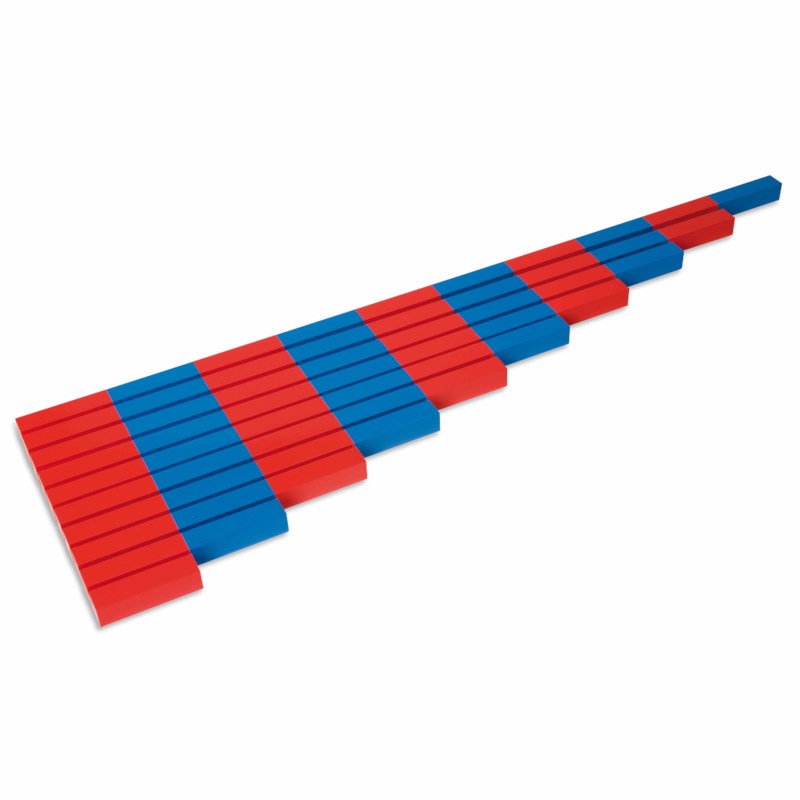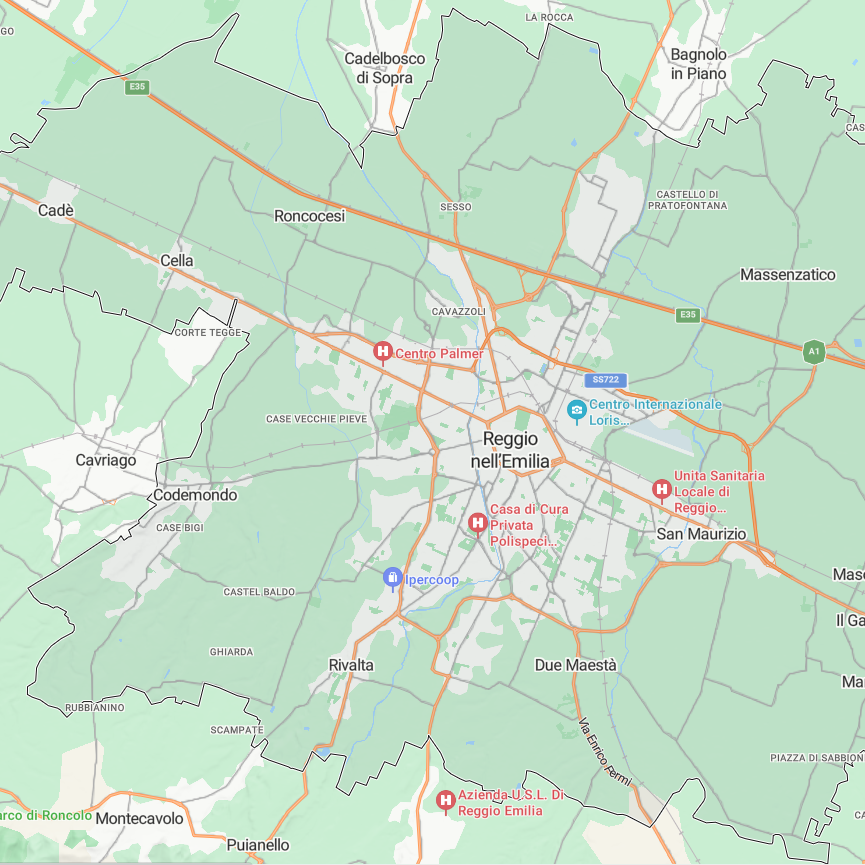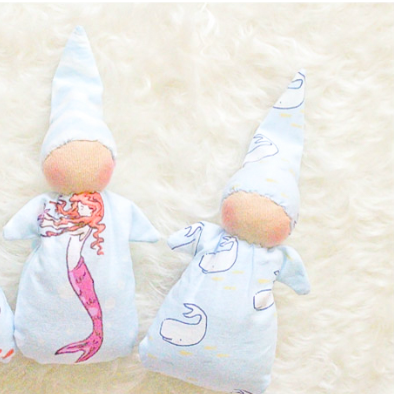Early Childhood Education can have a lot of buzzwords and misunderstandings. This “Philosophy Spotlight” series intends to introduce you to the origins of a number of currently used philosophies directly from the writings of their founders and accomplished practitioners, as well as modern practices and ideas associated with these philosophies. Note that many of the philosophies and philosophers we reference in the US are Euro-centric in origin. I will do my best to integrate philosophies of development and learning from a more diverse body of knowledge, for the benefit of all children and providers. You’ll notice a significant amount of overlap between philosophies, as well as some stark differences. Use these articles to consider your own approach to early education, and maybe refine how you see you work and design your program. These are intended to be broad overviews; please see the references if you’d like to learn more about each one!
Origins: Dr. Montessori was a physician who worked with disabled children, who were at the time isolated in asylums and assumed to be incapable of anything worthwhile. She believed that these children had more potential to be educated, and so she set about creating a method of education (pedagogy) to be used specifically for children with disabilities, with her first school opening in 1898. She quickly realized that typically developing children could benefit from her ideas as well.
Modern Regulating Bodies/Standards: the American Montessori Society offers an accreditation program for Montessori schools, but AMS accreditation is not required for a program to call itself Montessori or use its practices.
Theories and Theorists: “The school must permit the free, natural manifestations of the child” – Maria Montessori
Young children’s options for activities are known as “work,” to give appropriate value to their actions. In modern use, preschool children’s work is separated into the areas of practical life, sensorial, language, mathematics, biology, geography, and fine arts.
Values:
Independence: children in Montessori classrooms are encouraged to work independently, from taking their materials off of the shelf, to competing the work, to placing it back on the shelf the way they found it. They are also taught to prepare and serve their own snacks and clean up after themselves.
Teachers are known as “guides” to highlight their role as a facilitator rather than director.
Children should have freedom to determine what they will work on and for how long.
Materials and environment should be beautiful and convey their importance to children.
What You Might Observe in a Montessori Classroom:
Montessori Materials: While the term “Montessori” is used to sell many items now, the Montessori materials are specific creations by Dr. Montessori and her predecessor, Dr. Édouard Séguin. These include items like The Pink Tower, the Hundred Board, and sandpaper letters. There may be only one way to use the materials. For example, a child may or may not be allowed to build a structure other than the Pink Tower with the Pink Tower blocks, depending on the program.
Like the materials are taught to children in sequence with predictable outcomes, art is taught to young children with discrete skills. Children learn about the colors and their relationship to each other on a color wheel; how to use scissors and glue; hole punching; taking rubbings; and many other fine art skills. Dr. Montessori did not write much about how art was to be used in the classroom, so her followers have interpreted this in a range of ways. In general, you will see art materials displayed in lessons, the same way you would see other materials displayed for children’s use.
Mixed-age grouping: Montessori classrooms typically have children of a variety of ages in them. Often you will find a toddler class for children from approximately 18 months until 30 months. After toddler they’ll move to pre-primary, for three- to six-year-olds. The idea behind this is to allow maximum flexibility for children to develop their abilities as they are ready, rather than on a closed schedule tied to chronological age.
Books (and all materials) emphasize reality. Because young children have trouble distinguishing fantasy from reality, Dr. Montessori believed that the books available to them should be rooted in reality, whether those are purely non-fiction or fictional books about the real world. In a traditional Montessori program, for example, you’re unlikely to see any books about talking animals or imaginary creatures. In general, fantasy play is discouraged, including dressing up in costumes. This does depend somewhat on the individual program and implementation.
Influence on Modern ECE Programs at Large:
Dr. Montessori is the primary reason so many early childhood environments have child-sized furniture. She was also one of the early pioneers of approaches that place emphasis on children being able to touch and manipulate the things they’re learning about. In Dr. Montessori’s Own Handbook, she writes about multicolored carpet squares for children to use for seating– a practice many early childhood spaces use today.
Questions for Your Reflection:
How do you see your role in the with children as compared to a classical Montessori guide?
How are materials used in your program?
What types of materials are available for children in your program?
What role do the children take in the maintenance and preparation of their environment?
When and how do you use explicit instruction to guide children? When and how do they have the opportunity to self-correct or use self-correcting materials?
References:
Montessori, M. (1912). The Montessori method: Scientific pedagogy as applied child education in “The Children’s Houses”, with additions and revisions by the author. (A. E. George, Trans.). Frederick A Stokes Company. https://doi.org/10.1037/13054-000
Montessori, M. (2019) Dr. Montessori’s Own Handbook: A Short Guide to Her Ideas and Materials Kindle Edition
Dorer, M. et al (2016) Authorized List of Montessori Materials for Montessori Classrooms Microsoft Word – Authorized Material List 11_2016.docx (montessori.org)
American Montessori Society, (n.d.) Standards for Achieving and Maintaining AMS School Accreditation retrieved Nov. 20, 2023, from https://amshq.org/Educators/Montessori-Schools/AMS-Accreditation/Accreditation-Standards



